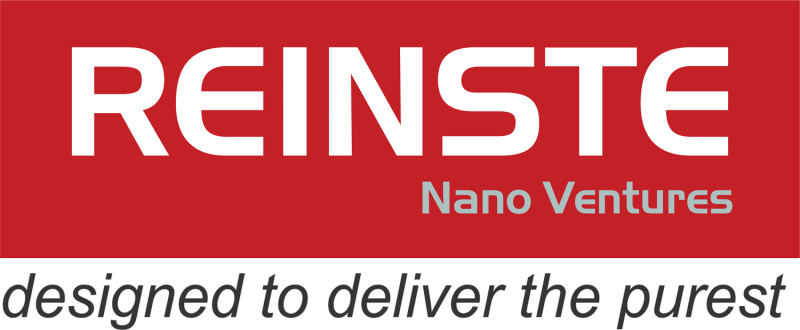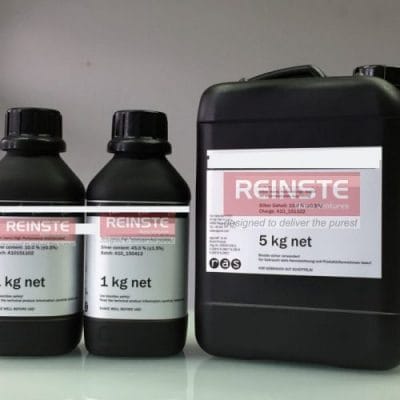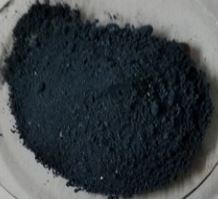Introduction: The Silent Revolution in India's Paint Industry
In a country as vibrant and populous as India, the pursuit of healthier living spaces is a top priority. From bustling urban centers to rapidly developing rural areas, the quality of our indoor environments directly impacts our well-being. One of the most significant, yet often overlooked, factors in indoor hygiene is the surface of our walls. Walls are vast breeding grounds for bacteria, fungi, and molds, which can lead to foul odors, structural damage, and serious health concerns. This is where the science of nanotechnology offers a groundbreaking solution: nanosilver dispersion.
Traditionally, paints were formulated for aesthetics and basic protection. However, the demand for functional materials has surged, especially in the post-pandemic era. Consumers and industries alike are seeking advanced solutions that do more than just color a wall—they want paints that actively contribute to a cleaner, safer environment. The integration of a silver additive into paints creates what is known as antimicrobial paint, a product that can inhibit the growth of up to 99.9% of microbes on its surface.
For Indian researchers, material scientists, and paint manufacturers, understanding nanosilver dispersion is no longer a niche interest; it's a critical area of innovation. A silver suspension consists of nano-sized silver particles stably distributed in a liquid base. When used as a paint antimicrobial additive, this silver-based emulsion transforms a regular coat of paint into a durable, self-disinfecting shield. This technology holds immense potential for hospitals, schools, homes, and public infrastructure across India, promising a future where our walls play an active role in fighting disease.
Unlocking Key Benefits: Why Researchers are Turning to Nanosilver
The scientific community in India is increasingly focused on nanomaterials for their unique properties. For researchers in chemistry, material science, and public health, nanosilver dispersion offers a fertile ground for study and application. Here are the core benefits driving this interest:
- High Efficacy at Low Concentrations: Due to the extremely large surface area of nanoparticles, a very small amount of silver is needed to achieve potent antimicrobial effects. This makes it a cost-effective silver additive without compromising performance.
- Broad-Spectrum Antimicrobial Activity: Nanosilver is effective against a wide range of microorganisms, including bacteria (like E. coli and Staphylococcus aureus), viruses, fungi, and algae. This makes it a versatile solution for diverse environmental challenges.
- Long-Lasting Durability: Unlike organic antimicrobial agents that can degrade over time or with exposure to UV light, nanosilver particles are inorganic and stable. Once embedded in the paint matrix, the paint antimicrobial effect lasts for the paint's entire lifespan.
- No Change to Paint Properties: A high-quality nanosilver dispersion is formulated to be fully compatible with water-based paint systems. It acts as a nano pigment or nano colorant that doesn’t alter the paint's color, texture, or viscosity, ensuring seamless integration into existing manufacturing processes.
- Safety and Stability: The silver nanoparticles in a well-made silver suspension are locked within the paint's binder system. This prevents leaching, ensuring the active ingredient stays on the wall and doesn't enter the environment, making it a safe nano wall treatment.
From Hospitals to Homes: Industry Applications in India
The versatility of antimicrobial paint powered by nanosilver makes it a transformative technology for numerous sectors in India. The ability to create hygienic surfaces is a game-changer for public health and safety.
Healthcare and Hospitals
In sterile environments, preventing Hospital-Acquired Infections (HAIs) is paramount. Using antimicrobial paint in patient rooms, operating theaters, and corridors provides an additional layer of continuous protection, complementing standard cleaning protocols.
Residential and Commercial Buildings
For homes, especially in humid climates prone to mold growth, a nano wall treatment ensures cleaner air and prevents unsightly and unhealthy fungal infestations. In offices and public buildings, it reduces the surface transmission of germs.
Education and Childcare
Schools and daycare centers are high-traffic areas where children are susceptible to infections. Walls coated with paint containing a silver additive help create a healthier learning environment by constantly neutralizing microbes.
Food Processing and Hospitality
In kitchens, restaurants, and food manufacturing units, hygiene is non-negotiable. An antimicrobial paint prevents the growth of bacteria and mold on walls, helping businesses comply with strict food safety standards.
Opportunities and Trends: The Indian Market for Silver-Based Emulsions
The Indian paint and coatings market is on a growth trajectory, with a significant shift towards functional and sustainable products. Several trends indicate a bright future for nanosilver dispersion technology. The "Make in India" initiative encourages local manufacturing and R&D, creating opportunities for Indian companies to produce high-quality silver additive products. There's a growing consumer awareness regarding health and wellness, leading to increased demand for products like antimicrobial paint.
For those looking to innovate, the key lies in developing a stable and effective silver suspension. The challenge is to ensure the nanoparticles remain evenly dispersed within the paint's silver binder system without agglomerating, which would reduce their efficacy. Success in this area will allow manufacturers to cater to the burgeoning demand for advanced, health-centric building materials. As a result, the market for those who can supply or buy nanosilver dispersion for antimicrobial paints is expanding rapidly, positioning it as a key component in the future of smart and healthy infrastructure in India.




